A firefighter enters a burning office building followed by several drones, searching for people in need of rescue. The drones scatter in different directions, moving down corridors and systematically scanning rooms.
Science and Technology Highlights
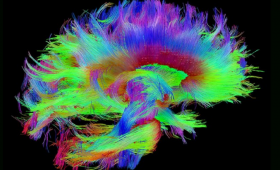
Livermore will use high-performance computing in partnership with other national labs and universities to improve the scientific understanding and treatment of traumatic brain industry.
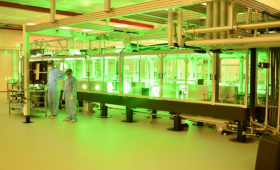
The L3-HAPLS advanced petawatt laser system has been declared fully integrated and operational at the ELI Beamlines Research Center.
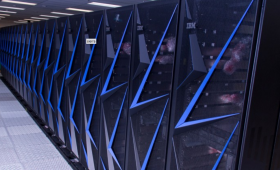
Lawrence Livermore’s next-generation supercomputer, Sierra, is the third-fastest computing system in the world, according to the TOP500 list.
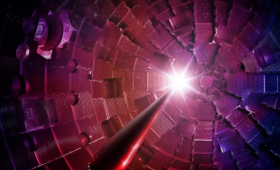
An experimental campaign at the National Ignition Facility has achieved double the previous record neutron yield and fusion energy output.

Livermore is working to develop and commercialize a tool capable of performing coupled simulations of transmission and distribution grids.
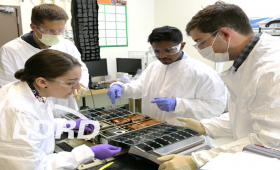
Livermore researchers are developing new instruments and operational principles for a type of nanosatellite called CubeSat.
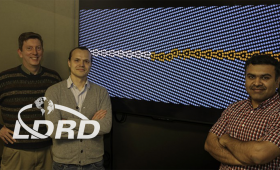
Using machine learning, evolutionary algorithms, and other advanced computational techniques, researchers at Lawrence Livermore have successfully modeled how atoms are arranged between the crystals that make up most materials.
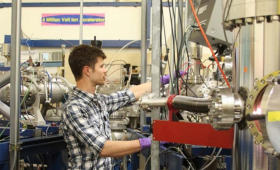
Livermore and Texas A&M scientists gain a better understanding of how radiation defects form
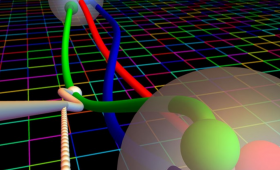
A new calculation of nucleon axial coupling offers insights into the properties of neutrons.


